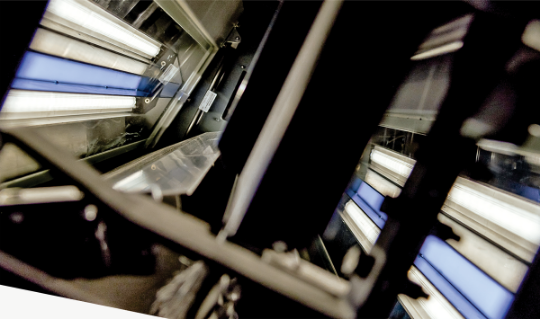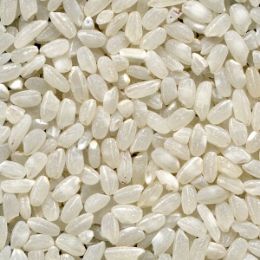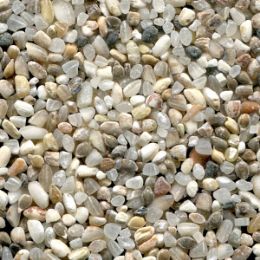Result of rice cleaning
from impurities with color sorter
Rice is the seed of the grass species Oryza sativa (Asian rice) or less commonly Oryza glaberrima (African rice). As a cereal grain, domesticated rice is the most widely consumed staple food for over half of the world's human population, especially in Asia and Africa. It is the agricultural commodity with the third-highest worldwide production, after sugarcane and maize. Since sizable portions of sugarcane and maize crops are used for purposes other than human consumption, rice is the most important food crop with regard to human nutrition and caloric intake, providing more than one-fifth of the calories consumed worldwide by humans. There are many varieties of rice and culinary preferences tend to vary regionally.
Rice is calssified by the difference in size, shape, chemical features of the endosperm and the aging period. The varieties of rice are typically classified as long-, medium-, and short-grained. The grains of long-grain rice (high in amylose) tend to remain intact after cooking; medium-grain rice (high in amylopectin) becomes more sticky. Medium-grain rice is used for sweet dishes, for risotto in Italy, and many rice dishes, such as arròs negre, in Spain. Some varieties of long-grain rice that are high in amylopectin, known as Thai Sticky rice, are usually steamed. A stickier short-grain rice is used for sushi; the stickiness allows rice to hold its shape when cooked. Short-grain rice is used extensively in Japan, including to accompany savoury dishes. Short-grain rice is often used for rice pudding.
Contmainants: mineral impurities, seeds and grains of the plants, stems, spoiled grains, damaged, unripe, chalky rice, defected, husked rice.
Color sorters
for rice cleaning


